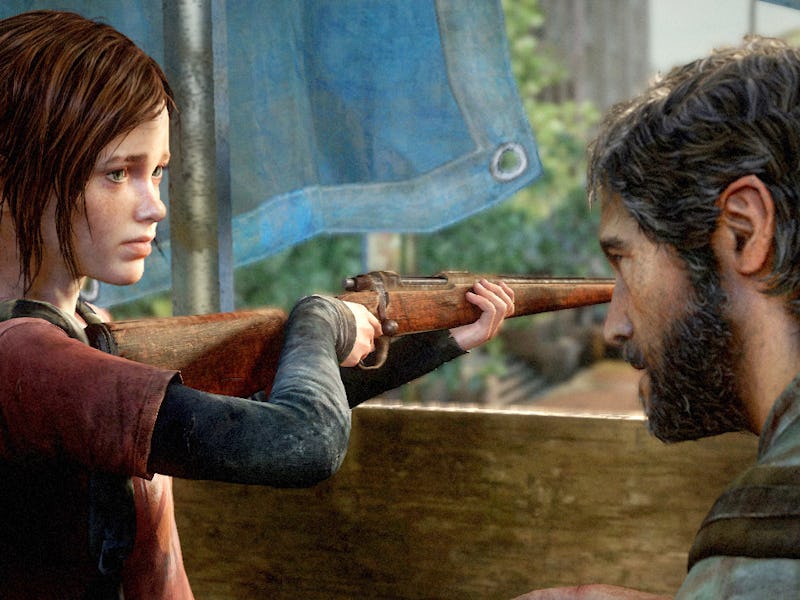How the Best PlayStation Game of the Century Raised the Bar for an Entire Genre
Everyone was excited for its release, but nothing prepared us for what we actually got.

Horror games have always been popular, but some of the genre’s best work has come in the last decade, with numerous titles such as Resident Evil 2, Dead Space, Alien: Isolation, Until Dawn, and many more providing different angles for players to endure and survive against overwhelming odds. While the genre always had its fair share of dedicated fans, it became even more ubiquitous thanks to one breakthrough hit that arrived 10 years ago in June 2013.
Ahead of its release, PlayStation fans were already optimistic about The Last of Us thanks to the sterling track record of developer Naughty Dog and the game’s cinematic take on the zombie apocalypse. But no one could have predicted the way it would completely raise the bar for horror games in the decade that followed.
Sony and Naughty Dog shipped The Last of Us Part I in 2022, a remake of the 2013 game.
It’s one thing for a game to be scary, but doing so in a cinematic way is something entirely different. Naughty Dog is a master at creating believable, well-written characters you can’t help but root for — even if they’re technically wrong. And because we love the characters so much, it hits even harder when they’re thrown into peril.
The scariest moments of The Last of Us are amplified because we don’t want anything bad to happen to the game’s protagonists, Joel or Ellie. Whether the beloved duo is creeping down a dark hallway or running from a deadly Clicker, the scares hit hard. This is something many horror games get wrong, but the most successful ones mirror what The Last of Us did a decade ago by making us care about the characters thanks to cinematic storytelling.
The recent Resident Evil 4 remake exemplifies this perfectly with its protagonist Leon Kennedy and even side characters such as Ashley Graham. They’re presented in a realistic way, each with their own distinct and lovable personalities that make them more relatable. The characters are visually impressive as well, with life-like animations that add to the immersion — just like in The Last of Us.
Third-person survival gameplay works in tandem with cinematic storytelling.
Not only do the characters in The Last of Us look and feel realistic, but they also control in a fluid, intuitive way. Naughty Dog’s approach to third-person survival gameplay has become a staple of modern horror games, and it’s immensely satisfying when done right. It controls smoothly and often feels more like an interactive movie than a video game thanks to the perspective and immersive mechanics (such as bending down and reaching into your backpack to retrieve an item). Scrounging around for resources, using the environment to solve puzzles, and crafting items are all core pillars of this particular formula, which work well as part of the horror genre.
We’ve seen this gameplay mirrored in numerous modern horror games, including the State of Decay series and even upcoming projects like Alone In the Dark and Alan Wake 2. Being able to see your character helps draw the player closer to them — as opposed to first-person POV games in which you’re often supposed to be the character you play as.
The world of The Last of Us feels weighty and real, making it even more frightening.
But what good are relatable characters and satisfying gameplay without an equally effective setting? The Last of Us nails its atmosphere by placing its characters in areas that feel lived-in.
Maneuvering through apartment buildings or houses is heartbreaking. Little details such as children’s drawings can be found scattered around, indicating that someone did, in fact, live here. This adds weight to the entire experience, which we’ve seen replicated in many horror games that launched after.
Outlast is a fantastic example, sending players to a horrifying asylum full of the most disturbing things imaginable. Much like The Last of Us, Outlast drops little breadcrumbs throughout its stages that point to something horrible without giving you all the information. This leaves your imagination to fill in the blanks, which is, in some ways, more frightening.
If not for The Last of Us, the horror genre would certainly look a lot different today. Horror games would arguably be less scary and more superficial, emphasizing cheap thrills over meaningful characters and captivating storytelling.
The Last of Us Part 1 is currently available on PS5 and PC.
This article was originally published on